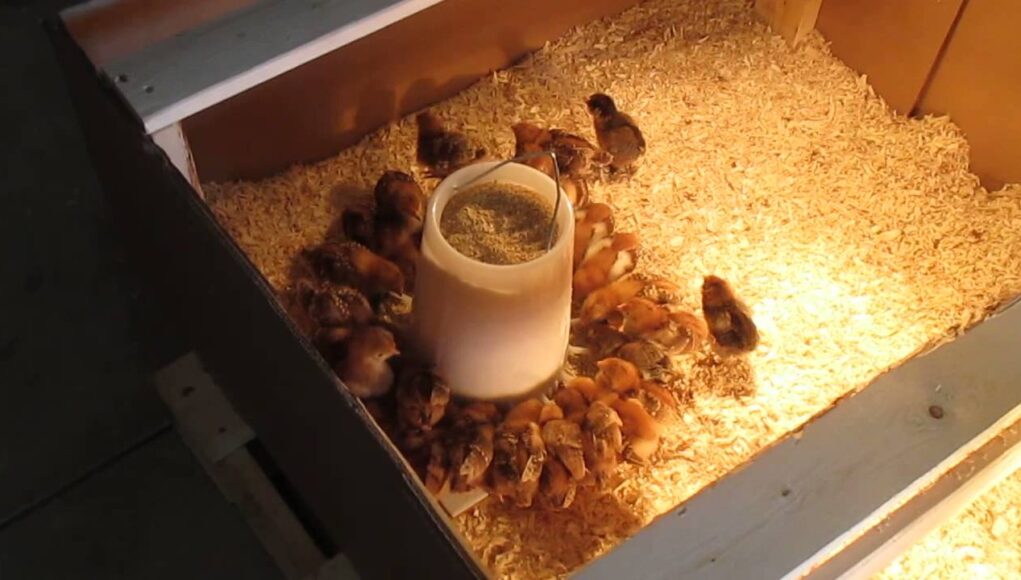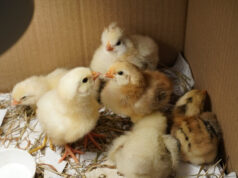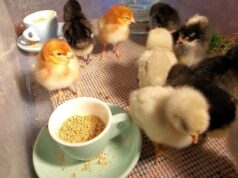For chicken enthusiasts, providing the best care for young chicks is a top priority. One crucial element of chick care is ensuring they are kept warm. When it comes to warmth, the choice between a heat plate vs heat lamp becomes a major decision. While both options serve the essential purpose of supplying warmth to chicks, understanding their differences and benefits can help in making an informed choice.

Introduction to Chick Warming Options
Choosing the right warming method for your chicks can significantly influence their growth and health. As chicken lovers continue to debate the effectiveness of each option, it’s essential to delve deeply into the specifics of heat plates and heat lamps. What are they, and how do they differ in functioning and results?
Understanding the Heat Plate
What is a Heat Plate?
A heat plate works similarly to how a mother hen would keep her chicks warm. It’s a flat, adjustable panel that chicks can nestle under to receive gentle, consistent warmth. This modern approach mimics natural conditions, making it increasingly popular.
Benefits of Using Heat Plates
Heat plates come with several advantages. They consume less energy compared to traditional heating methods. The warmth provided is gentle, reducing the risk of overheating. Furthermore, it allows chicks to control their comfort by moving closer or further, as needed.
Understanding the Heat Lamp
What is a Heat Lamp?
Traditionally, heat lamps have been the go-to choice for many poultry farmers. A heat lamp consists of a bulb that’s often suspended above the brooder, emitting warmth to the area below.
Benefits of Using Heat Lamps
Heat lamps can cover a larger area, making them ideal for brooding more chicks simultaneously. They are typically easy to set up and can quickly warm up a space.
Comparing Safety Features
Safety Concerns with Heat Lamps
Keeping safety in mind, heat lamps can pose risks. They have a higher potential for causing fires if not correctly secured. Consistent monitoring is essential to ensure no accidental displacements occur.
Safety Features of Heat Plates
Heat plates are inherently safer as they operate at lower temperatures. This reduces the chances of burns or fire hazards, providing peace of mind, especially for new chicken parents.
Energy Efficiency Comparison
Energy Consumption of Heat Lamps
Heat lamps typically consume more energy due to their high wattage bulbs. Over time, this can increase operational costs.
Energy Efficiency of Heat Plates
Conversely, heat plates are energy-efficient, consuming significantly less power, which can be a crucial consideration for sustainability-conscious chicken lovers.
User Experience and Convenience
Setting Up a Heat Lamp
The setup for heat lamps is simple but demands careful installation to avoid accidents. For a guide on brooding setups, you may find this guide helpful.
Convenience of Using Heat Plates
Heat plates offer a set-it-and-forget-it convenience. Once adjusted to the desired height, they require minimal intervention.
Cost Implications
Initial and Long-term Costs of Heat Lamps
While the initial purchase might be cheaper, the long-term costs due to higher energy consumption could add up, impacting your chicken care budget.
Cost-effectiveness of Heat Plates
Although heat plates might come with a higher upfront cost, they tend to be more cost-effective in the long run, thanks to their lower energy usage.
Environmental Considerations
Choosing energy-efficient solutions such as heat plates can contribute to environmental sustainability, a factor worth considering in today’s eco-conscious world.
Which is Right for Your Brooder?
Your choice between a heat plate vs heat lamp should depend on your unique needs, budget, and brooder setup size. Understanding these factors helps ensure the optimal growth of your chicks.
Conclusion
When deciding on a heat plate vs heat lamp, it’s essential to weigh the pros and cons of each method. Both options have their merits, and your decision should align with your specific needs and values as a chicken caregiver.
Further Reading
For more insights on chick brooders, feel free to explore additional resources such as brooder basics or this guide on brooder setups.

FAQs
Are heat lamps safe for chicks?
While commonly used, heat lamps require careful installation and monitoring due to potential fire risks.
Can heat plates replace heat lamps?
Yes, heat plates can effectively replace heat lamps, offering safer and more energy-efficient warmth for brooding chicks.
What is the ideal wattage for a chick heat lamp?
The ideal wattage depends on the number of chicks and the brooder’s size, but typically ranges between 100-250 watts.
This article contains affiliate links. We may earn a commission at no extra cost to you.










